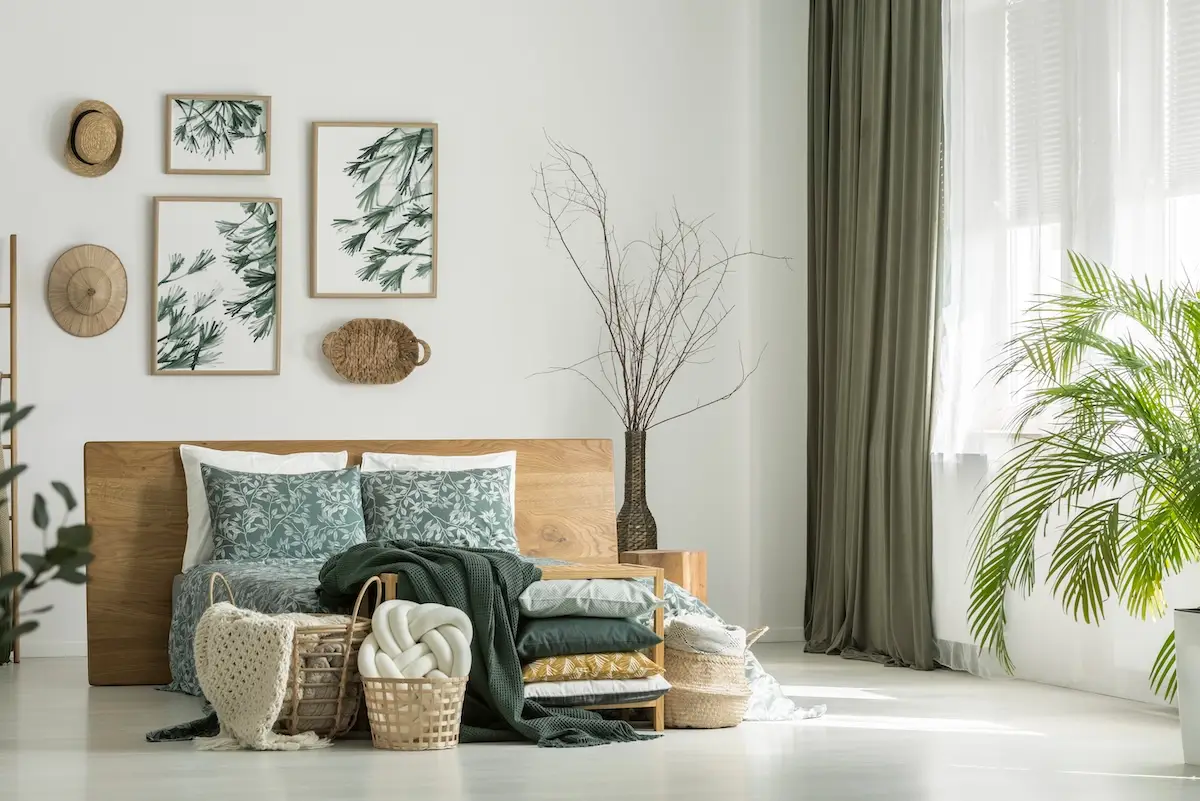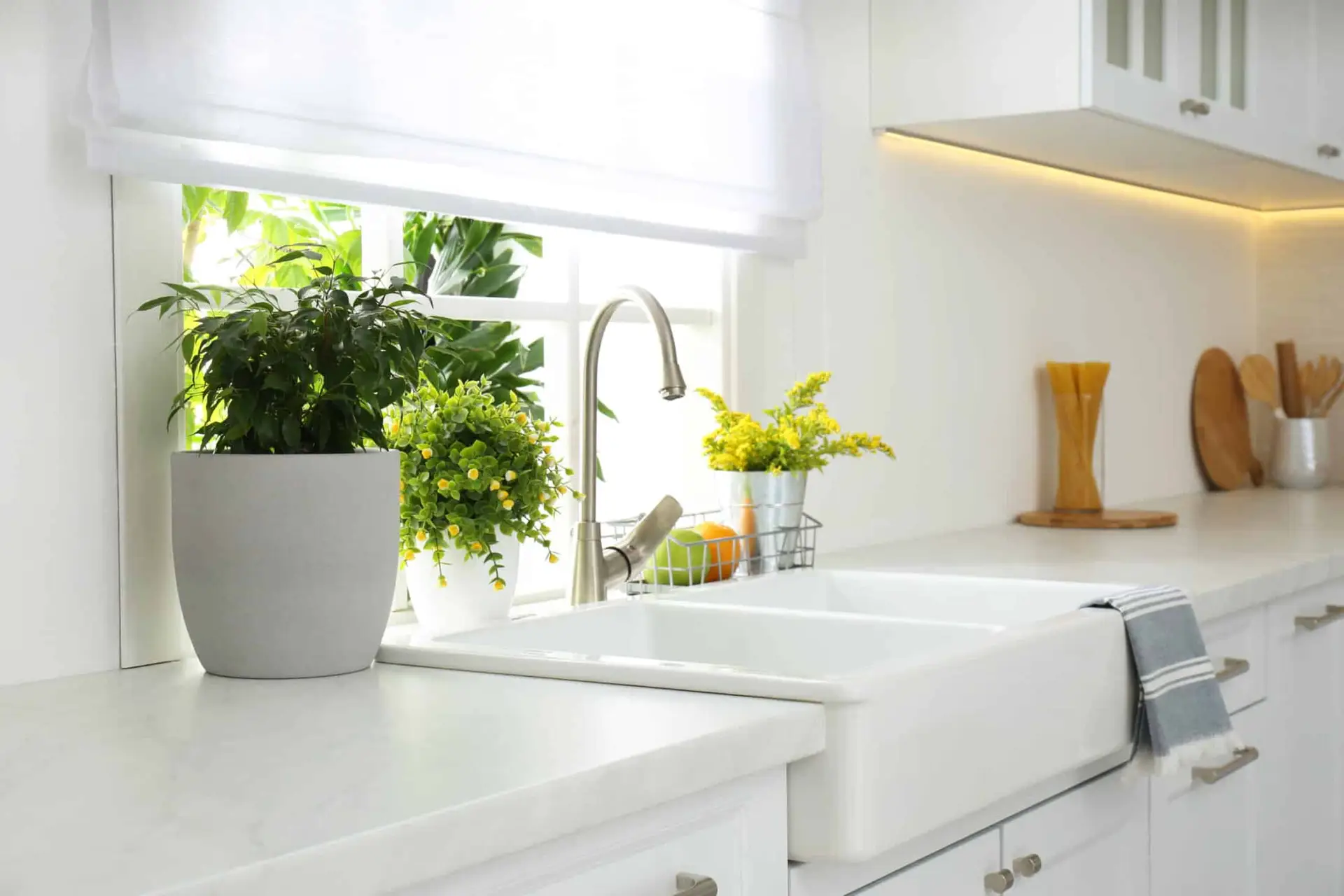When we think of neutral colors, we often think of white, and for a good reason. It has a clean look that goes beautifully with everything. Still, white isn’t the only option. We can get the same benefits with softer, calmer tones and even use these same colors alongside white for added richness. Here are some alternative neutral shades that capture the benefits of white.
What is a Neutral Color?
Neutral colors are muted tones that work beautifully alongside most colors. They often take on some of the colors of items around them, complementing them further. The undertones still offer some of the personality of their primary colors. Still, they are less extreme, working more as a backdrop color that supports items in the room instead of overpowering them.
Here are four alternative neutral shades and other colors often used to create neutral tones.
Common Neutrals
We can have lighter or darker tones of each of the following colors; in fact, we can make each tone lighter at home by adding more white. The darker the color, the stronger the effect.
Gray
From sharp silver to more putty-like tones, gray is a neutral color that works in every home style. It also brings a more contemporary look to homes. It typically has hues of other colors that we can use to our advantage, such as purple, brown, pink, blue, or green undertones. Whatever tone we choose, gray never goes out of style and always looks fresh.
Beige
This color works much like grey in terms of versatility while offering a warmer look. Like gray, beige will never go out of style. We can choose classic beige tones for an enduring look or a variation that compliments the latest color trends even more. With beige, we can’t go wrong. It works particularly well in transitional and traditional homes but also fits beautifully within any home style.
Taupe
Taupe can be seen as a blend of gray and beige and carries the benefits of each. It brings a more elegant and mature look to a room than pure beige and gray.
Black
This color may sound surprising, but black carries the characteristics of neutral colors, just without the added color variations. Like white, it complements every color in the spectrum, but it offers more mystery and even sexiness, much like a black dress or tuxedo. Black will read more as a masculine color than a feminine one but can be complemented with warmer colors and even hot tones to create the right mood. We can even pair it with white furniture for extreme contrast. Black also adds richness to whatever is next to it – especially artwork.
Neutral Undertones
Here are some colors often found in neutral tones listed above.
Soft Blue
This color works similarly to grey by offering a modern backdrop but is a more playful and vibrant alternative. Blue is a color that also matches a wide range of colors on the spectrum, allowing us to compliment other tones and still change up our interiors as the trends change without having to repaint.
Cream
Cream is white with a tiny hint of beige. It is so slight that if we use cream throughout rooms, we may mistake it for white. It is softer on the eye, providing a more relaxed setting.
Green
Neutral colors don’t have to be restricted to blues, greys, beiges, or combinations of the three. We can go green. Light grayish greens offer a more natural undertone than flat grays. Dark greens provide a rich look similar to black but with added visual engagement and appeal. Forest greens add richness to traditional designs and work with today’s more natural furniture concepts. Vibrant greens also match other primary colors beautifully while not overwhelming the eyes.
Add a Personalized Touch to Your Home
These alternative neutral shades all work as an ideal backdrop to show off our furniture, paintings, and even ourselves, all while bringing a calmer look to home than white. With a range of colors to choose from, we can find the right color to suit our moods and personality.




